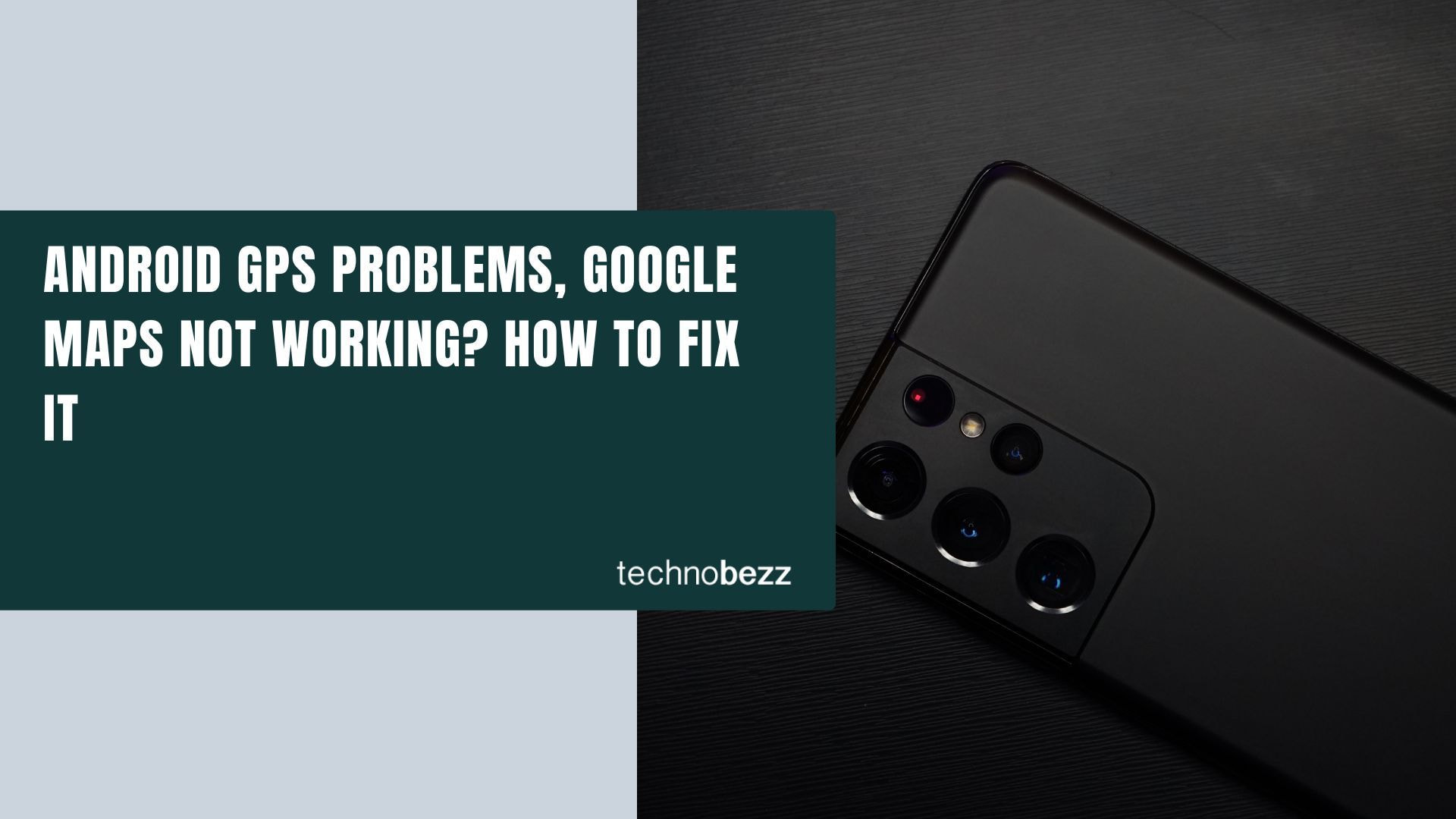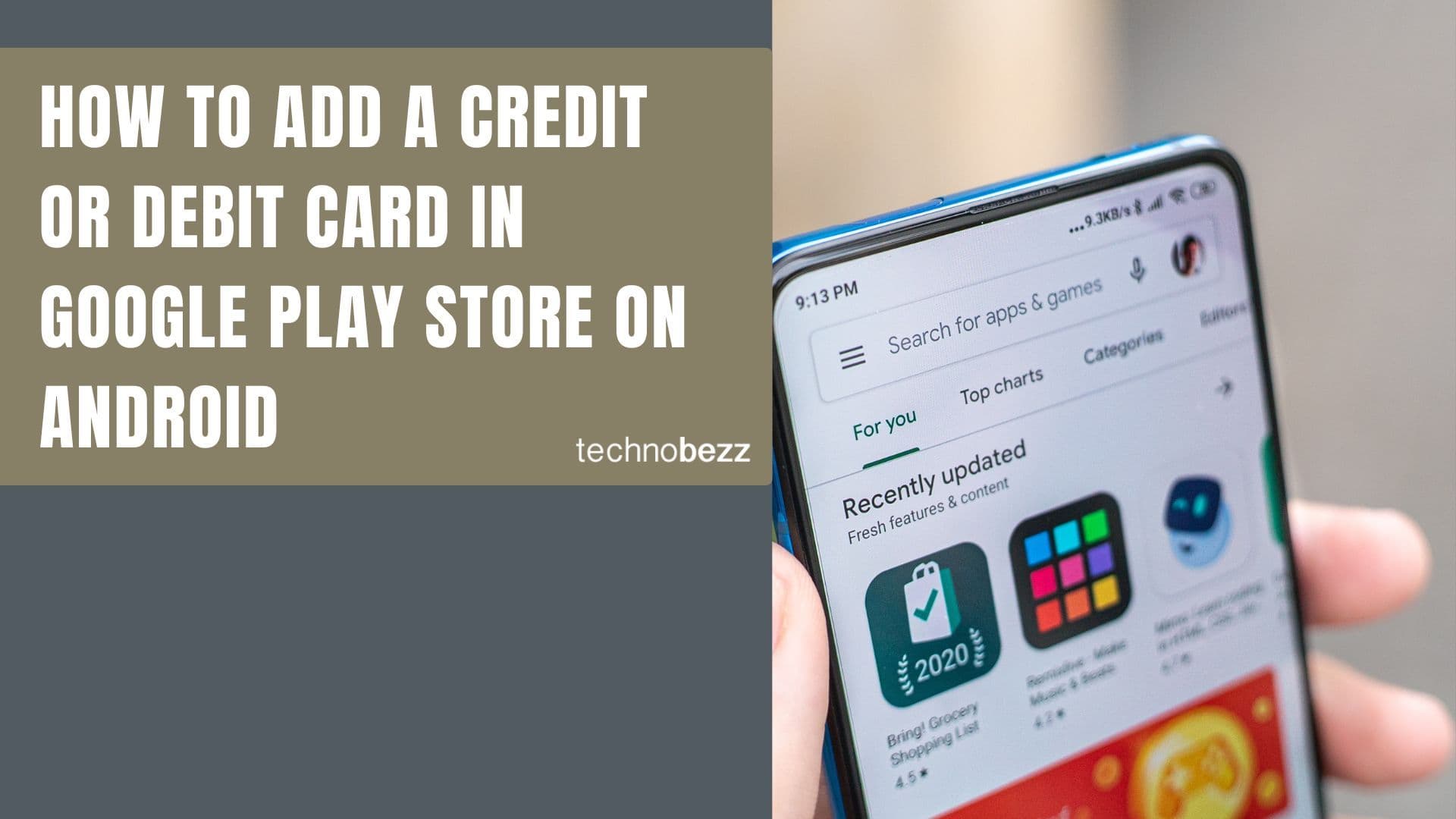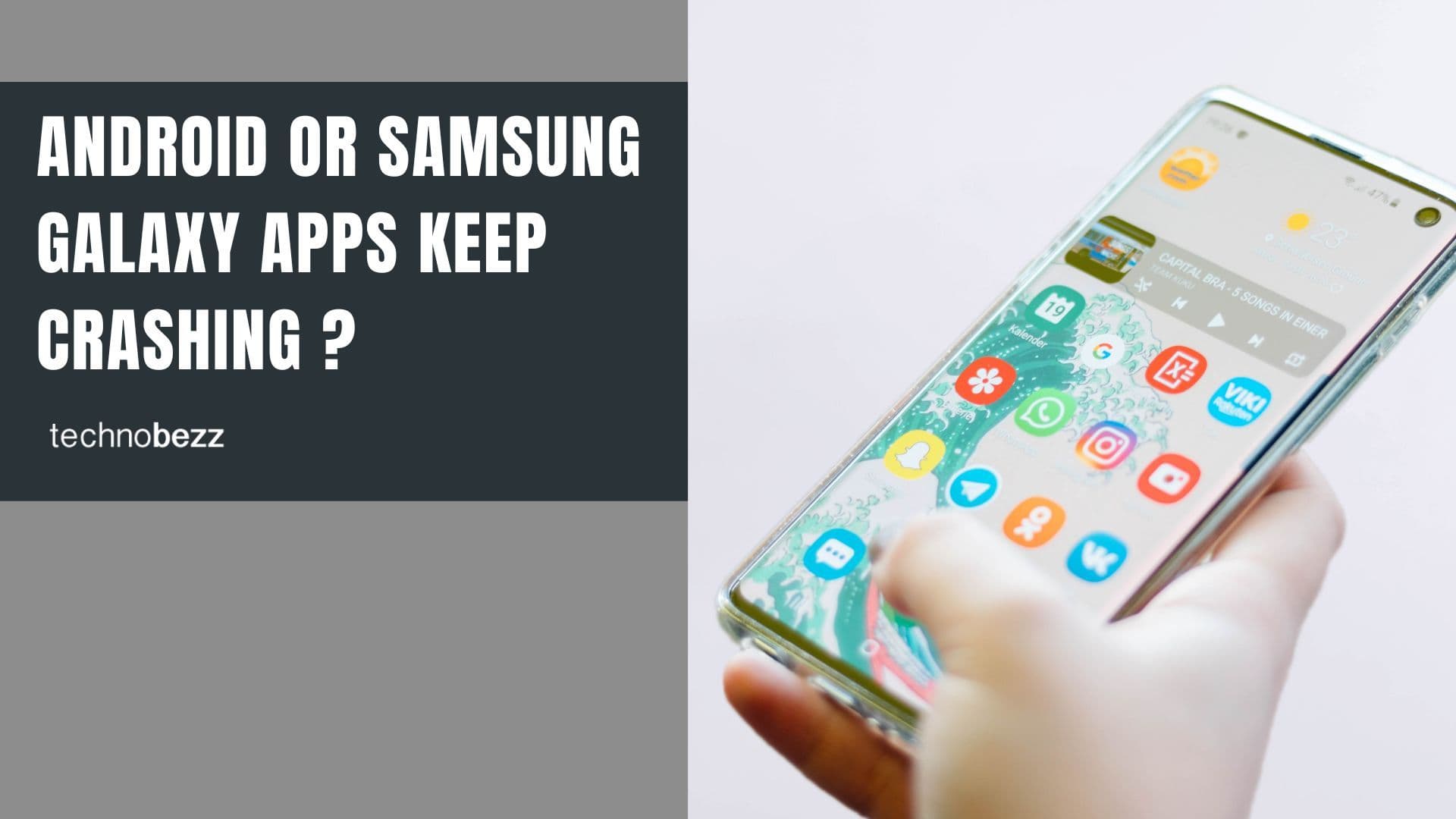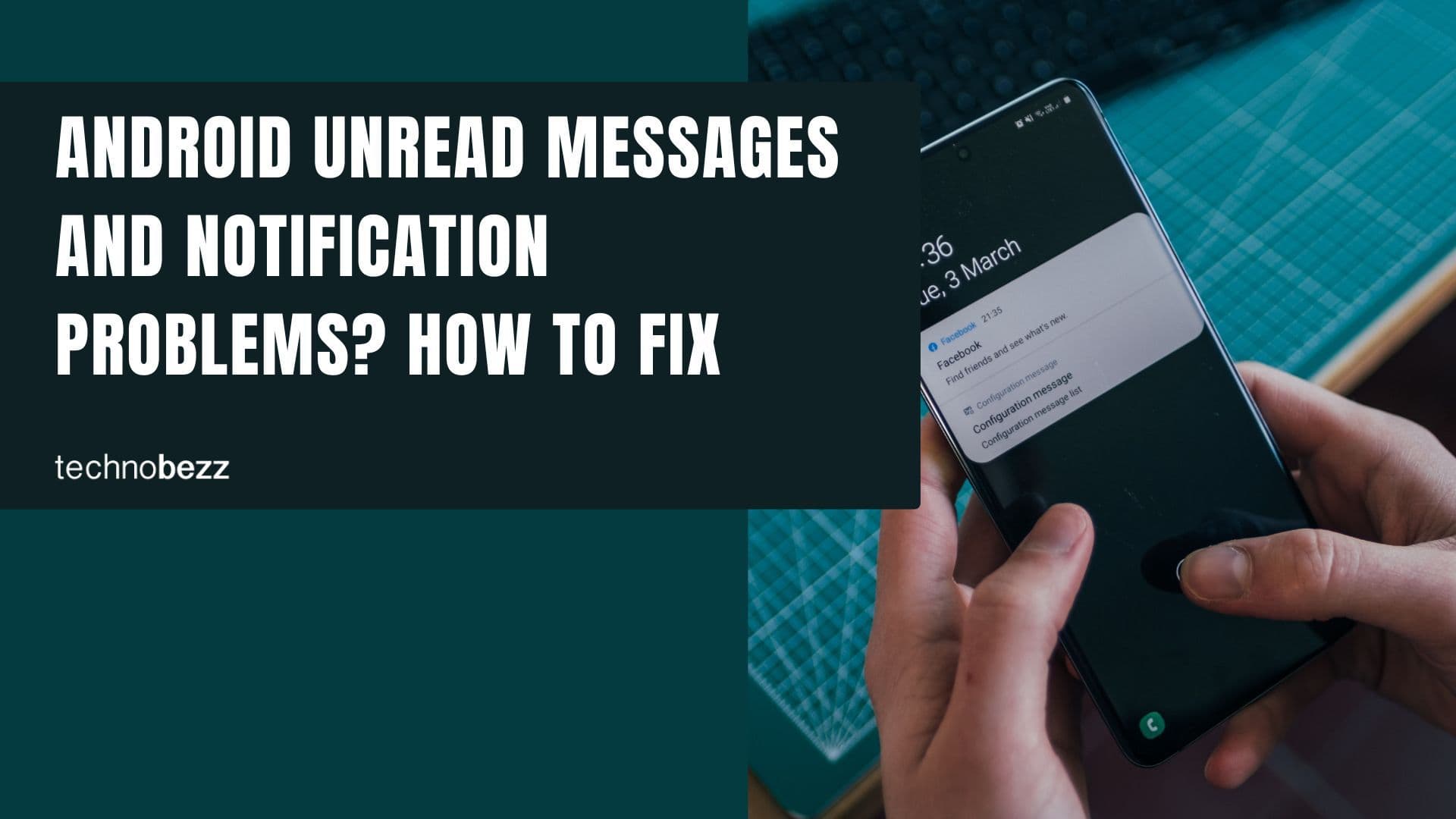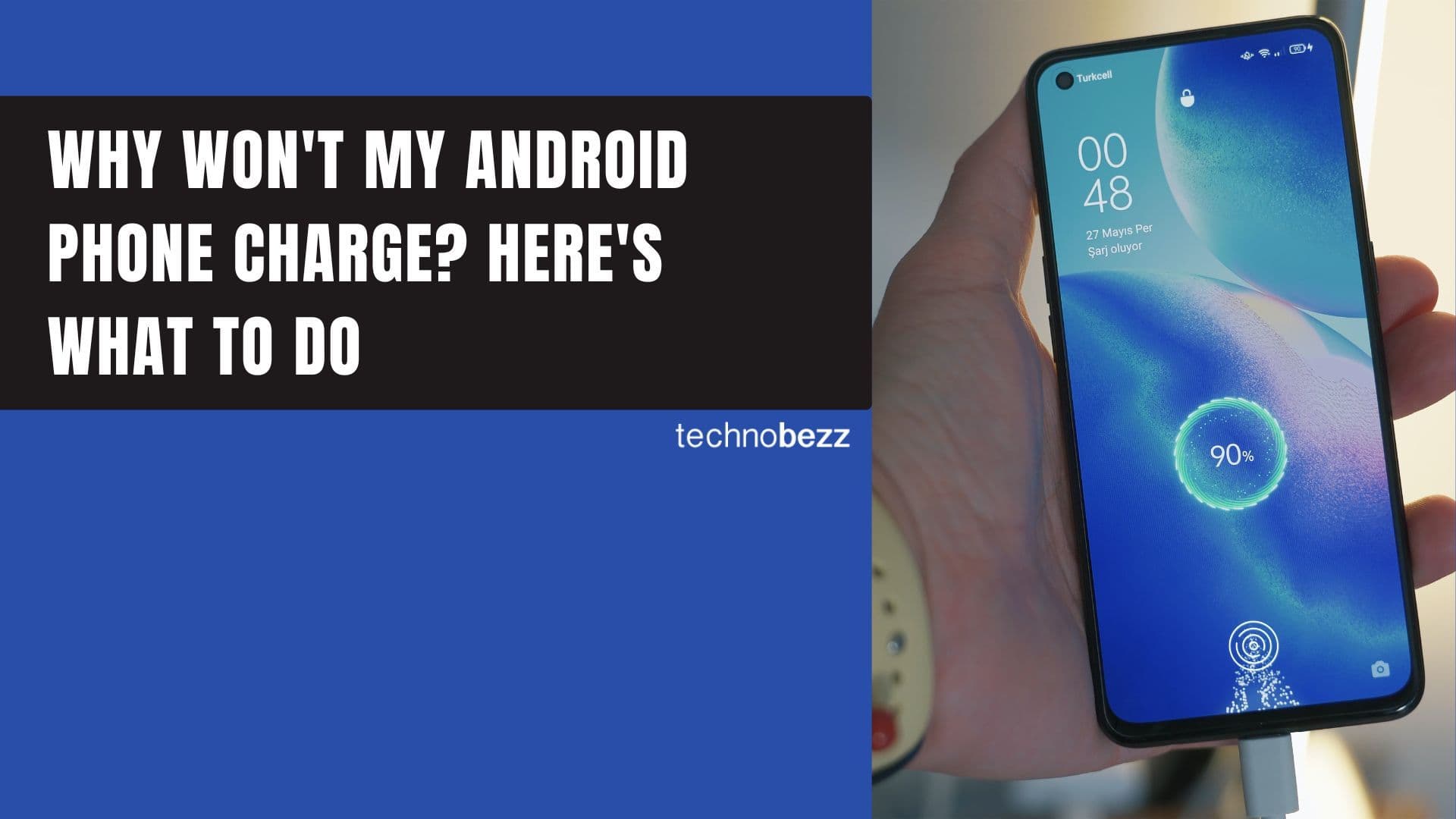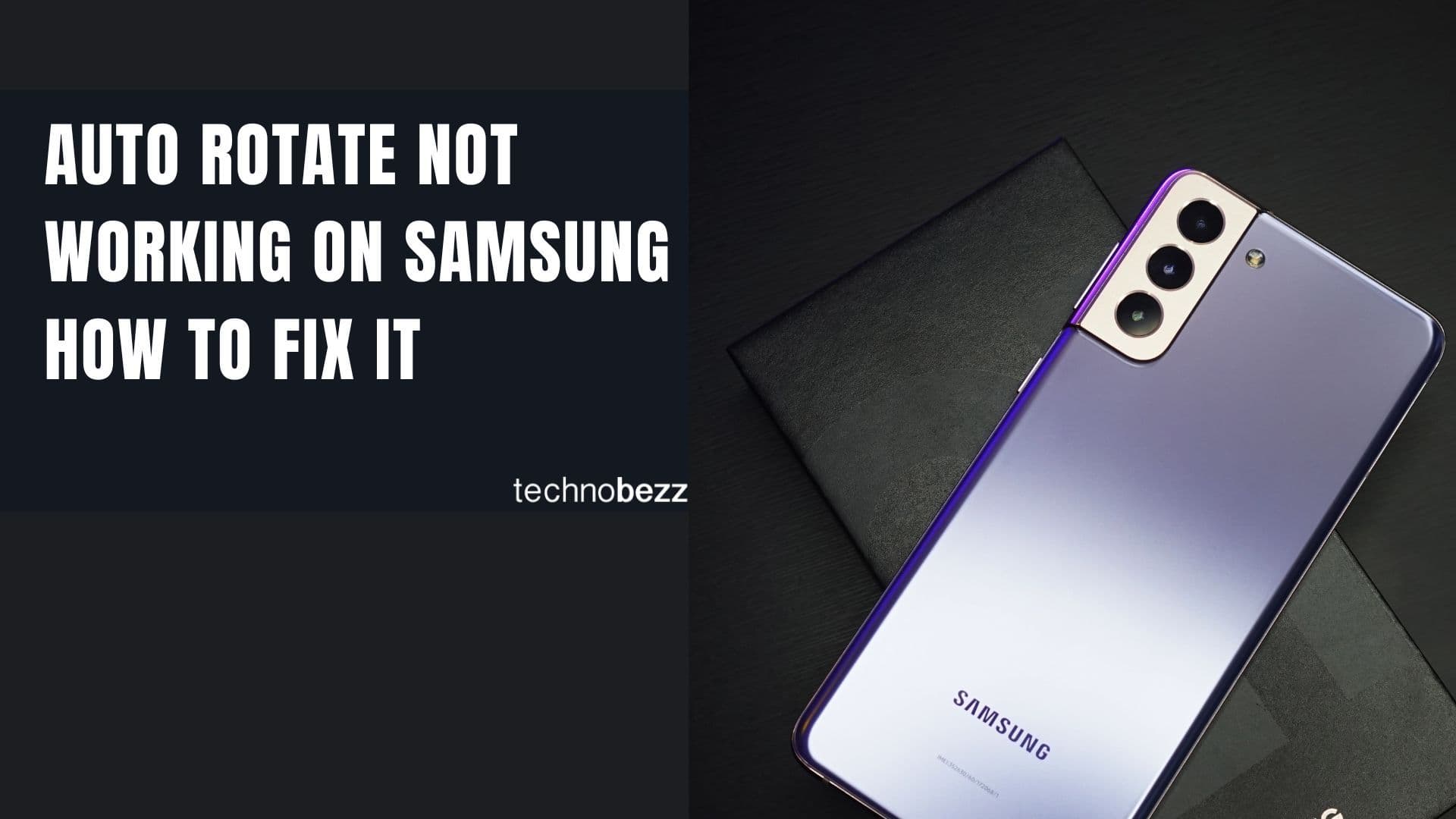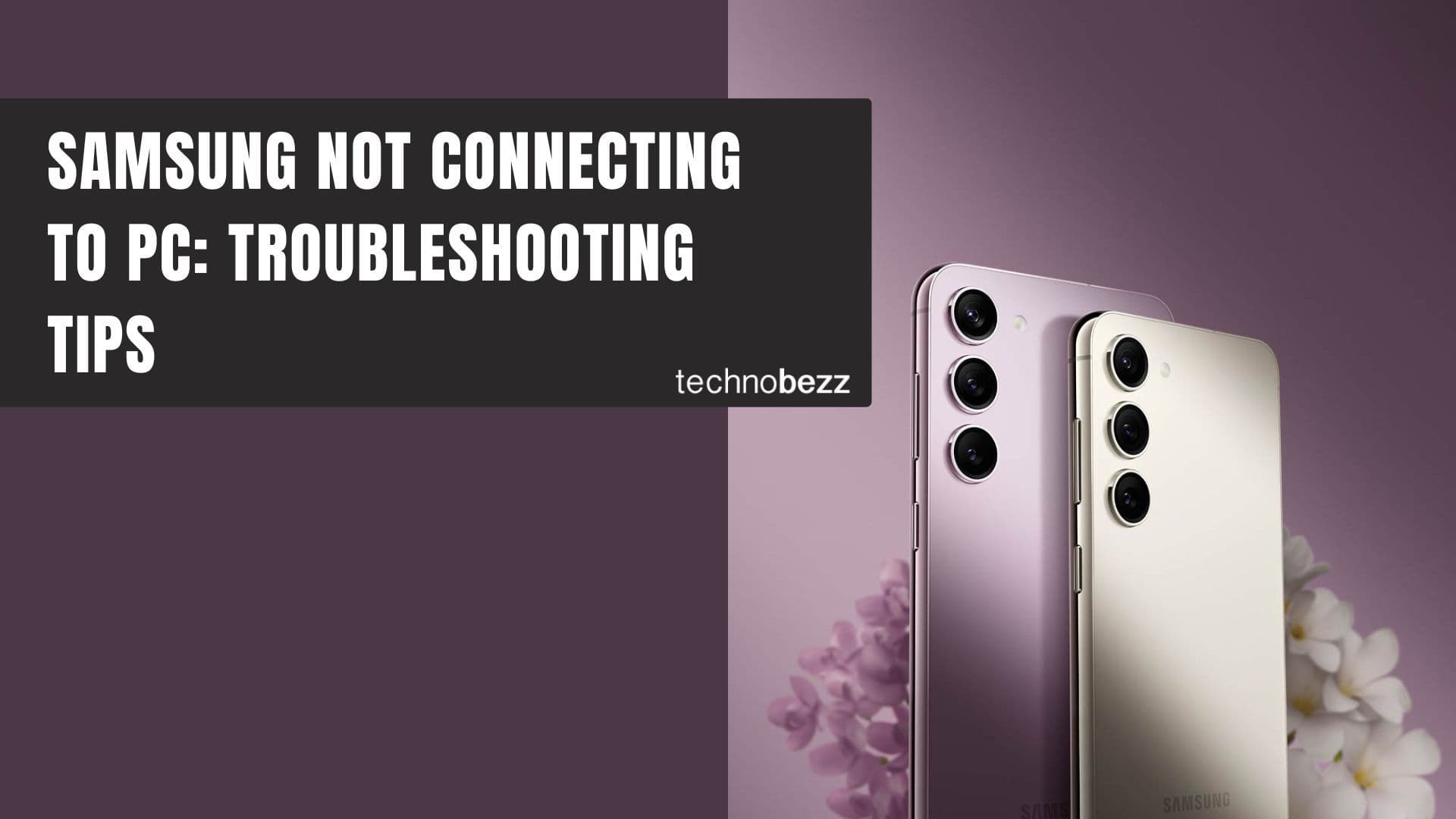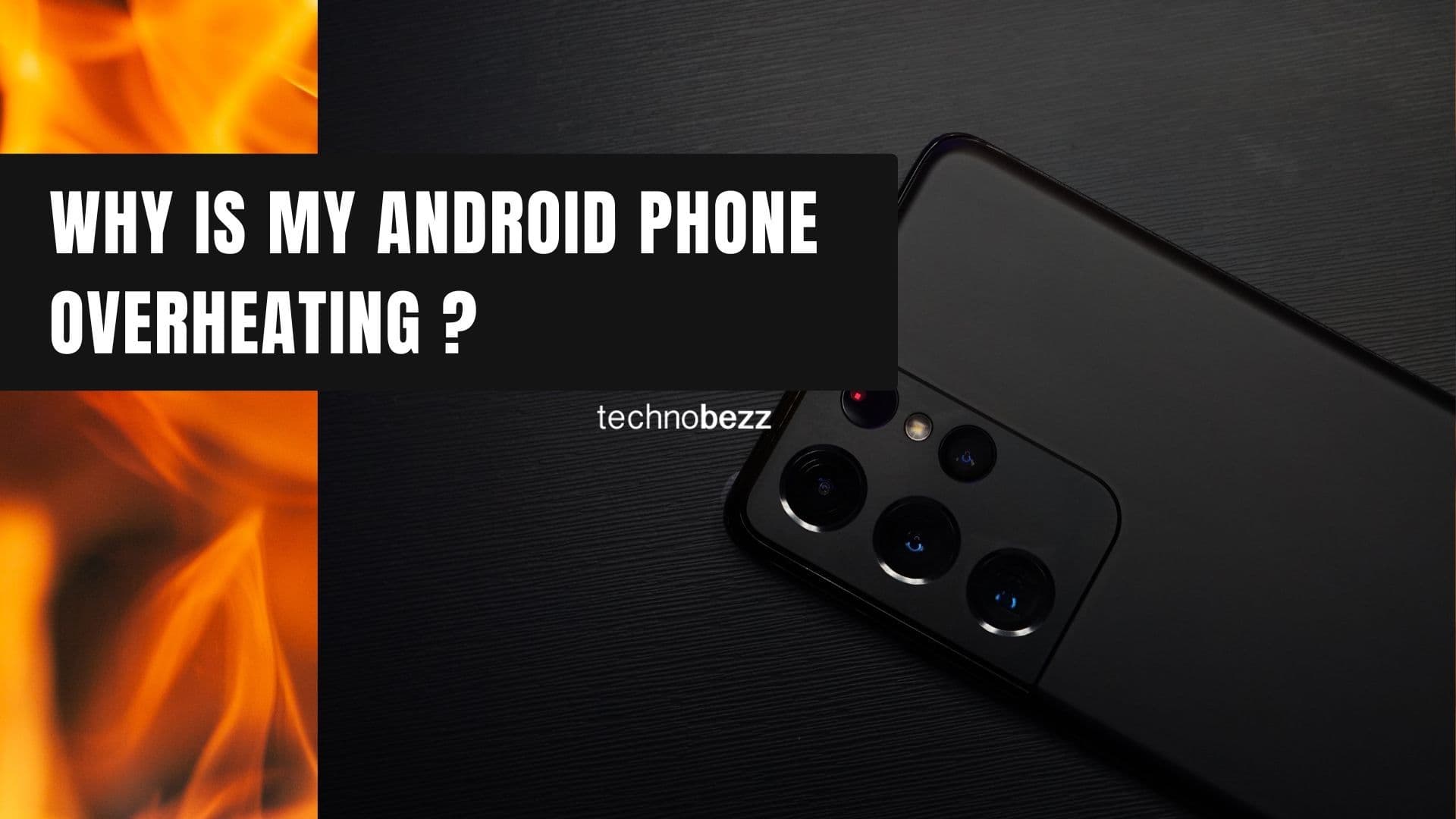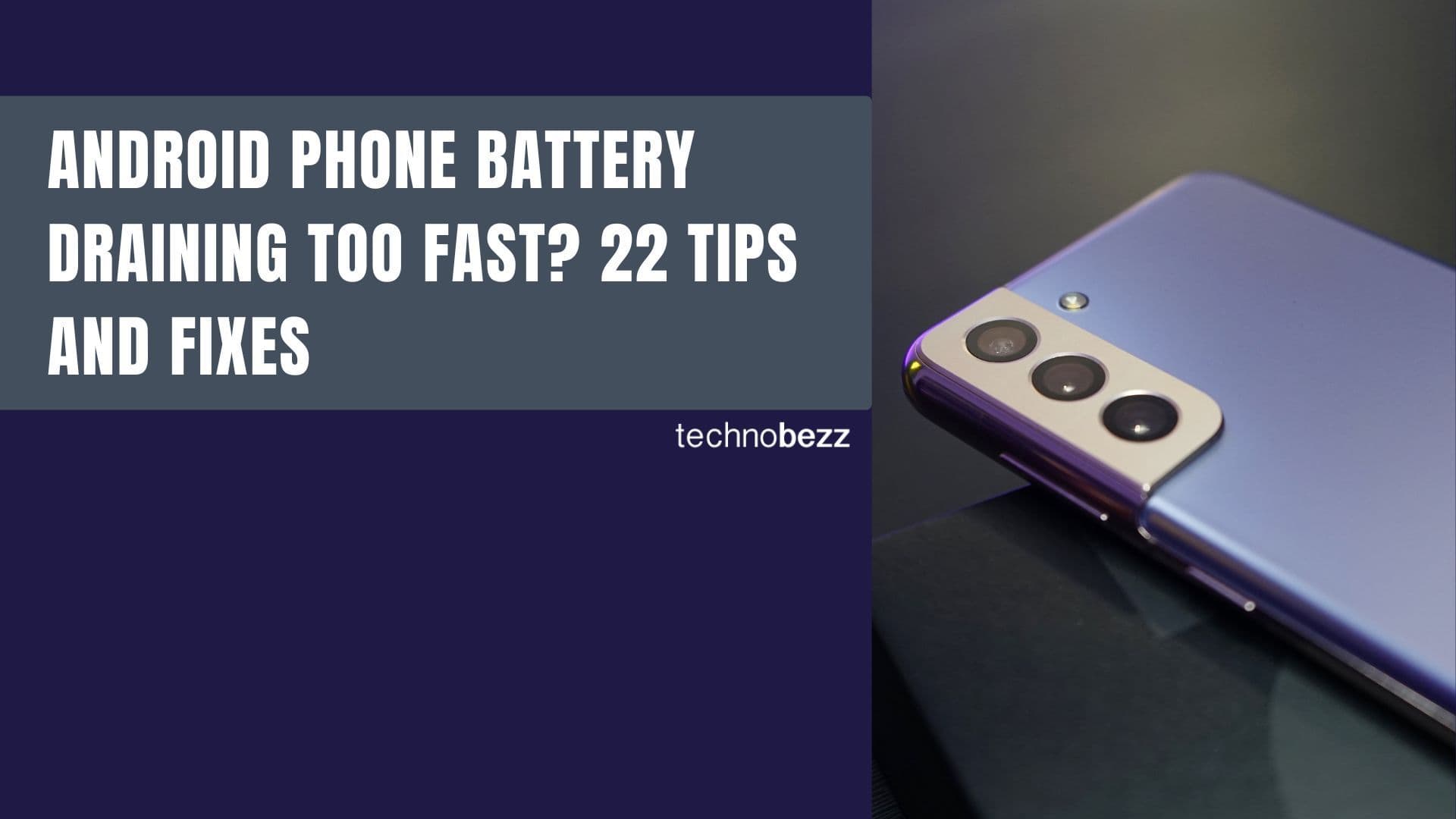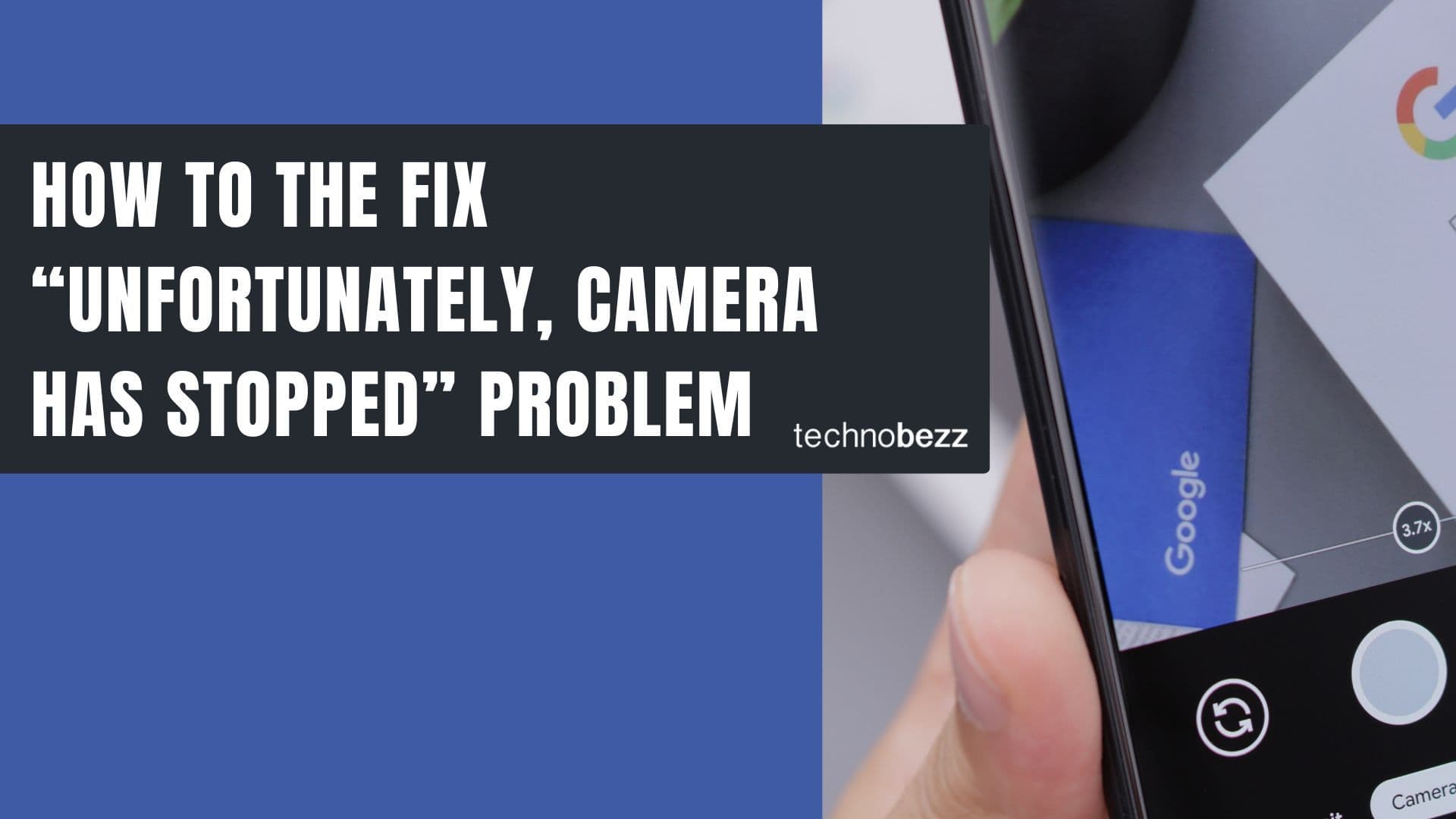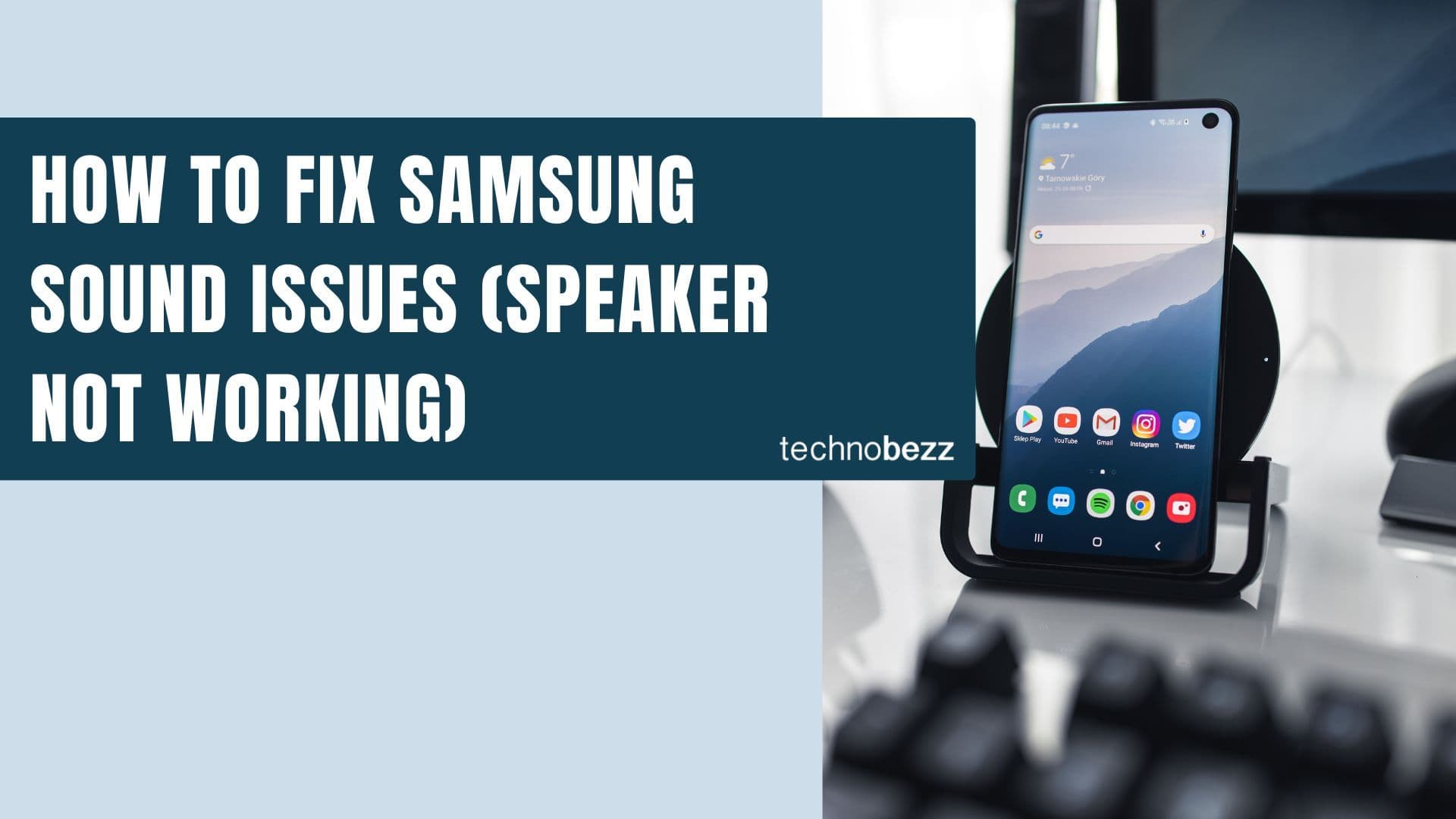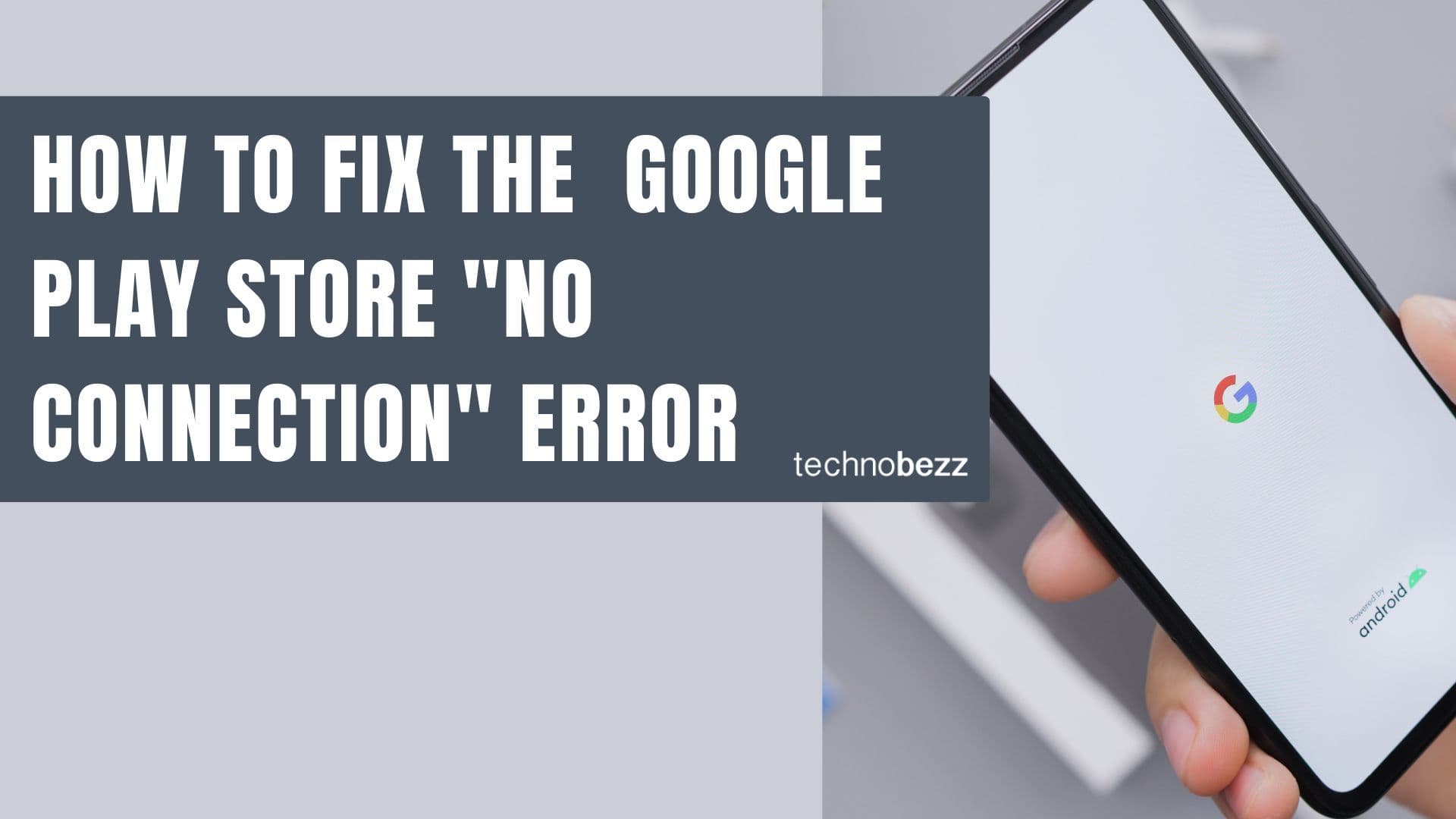When your Android GPS stops working, it can be frustrating - especially when you need navigation or location-based services. GPS issues can stem from simple software glitches to more complex hardware problems. Here's how to troubleshoot and fix common GPS problems on your Android device.
Quick Fixes to Try First
Before diving into complex solutions, start with these simple steps that often resolve GPS issues:
- Toggle GPS on and off - The quickest way to refresh your GPS
- Restart your device - Clears temporary glitches and resets connections
- Check location permissions - Ensure apps have permission to access GPS
- Disable power saving mode - This often limits GPS functionality
Step-by-Step Troubleshooting Guide
1. Toggle Your GPS
The simplest fix is often just turning GPS off and on again. This refreshes the connection and can resolve temporary glitches.
- 1.Swipe down from the top of your screen to access Quick Settings
- 2.Tap the Location icon to turn it off
- 3.Wait 30 seconds, then tap it again to turn it back on
2. Restart Your Android Device
A simple restart can fix many GPS problems by clearing temporary software issues and resetting connections.
- 1.Press and hold the Power button
- 2.Select "Restart" from the menu
- 3.Wait for your device to reboot completely
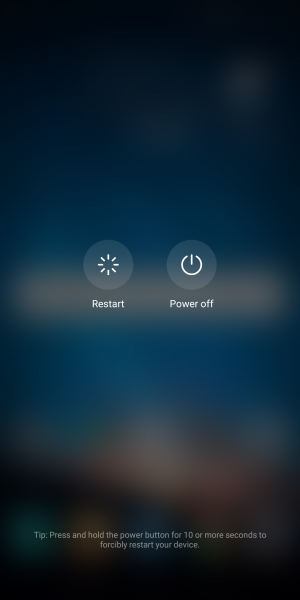
3. Check Location Settings and Permissions
Your GPS might not be working because location services are disabled or apps don't have permission.
- 1.Go to Settings > Location
- 2.Make sure Location is turned on
- 3.Check individual app permissions in Settings > Apps > [App Name] > Permissions
- 4.Ensure location access is enabled for apps that need GPS
4. Disable Power Saving Mode
Power saving modes often limit GPS functionality to conserve battery. Disable it when you need accurate location services.
- 1.Go to Settings > Battery
- 2.Turn off Power Saving or Battery Saver mode
- 3.Try using GPS again
5. Toggle Airplane Mode
Airplane mode resets all wireless connections, including GPS hardware, which can clear conflicts and glitches.
- 1.Swipe down for Quick Settings
- 2.Tap the Airplane Mode icon to enable it
- 3.Wait 10-15 seconds
- 4.Tap it again to disable Airplane Mode
6. Update Your Location Accuracy Settings
Android offers different location modes that affect GPS accuracy and battery usage.
- 1.Go to Settings > Location > Location Services
- 2.Select "High Accuracy" mode for best GPS performance
- 3.This uses GPS, Wi-Fi, and mobile networks for precise location
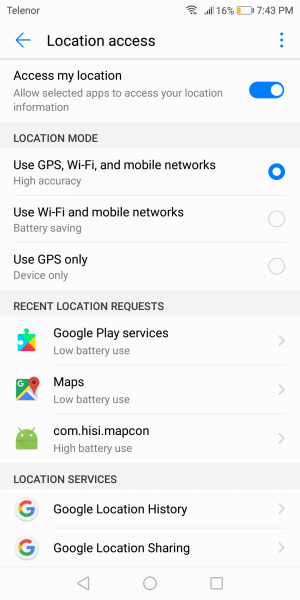
7. Update Apps and Software
Outdated apps or system software can cause GPS compatibility issues.
- 1.Update Google Maps and other navigation apps from the Play Store
- 2.Check for system updates in Settings > About Phone > Software Update
- 3.Install any available updates
8. Clear App Cache and Data
Corrupted cache files in navigation apps can interfere with GPS functionality.
- 1.Go to Settings > Apps > Google Maps (or your navigation app)
- 2.Tap Storage > Clear Cache
- 3.If problems persist, tap Clear Data (note: this resets app preferences)
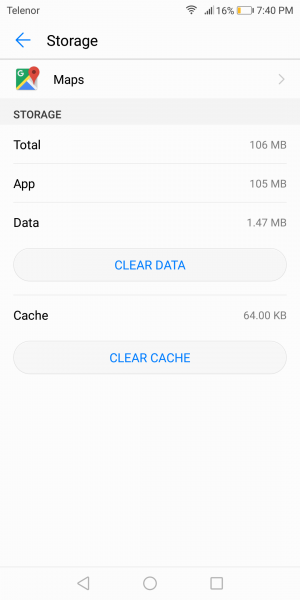
9. Check for Physical Obstructions
GPS signals can be blocked by buildings, heavy tree cover, or even your phone case.
- Move to an open area with clear sky view
- Remove thick phone cases that might interfere with GPS antenna
- Avoid using GPS in basements or underground locations
10. Test in Safe Mode
Safe mode helps determine if third-party apps are causing GPS issues.
- 1.Press and hold the Power button
- 2.Tap and hold "Power Off" until Safe Mode appears
- 3.Select OK to restart in Safe Mode
- 4.Test GPS functionality
- 5.Restart normally to exit Safe Mode
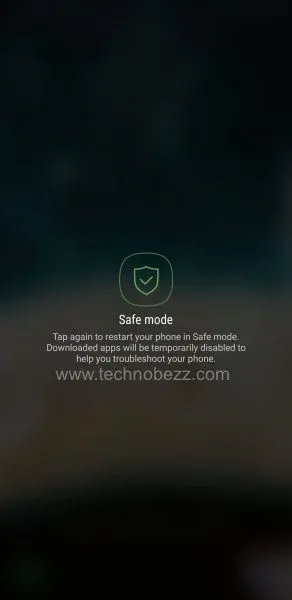
Advanced Solutions
Clear System Cache Partition
If basic troubleshooting doesn't work, clearing the system cache can resolve deeper software issues.
- 1.Turn off your device
- 2.Press and hold Power + Volume Up buttons simultaneously
- 3.Use volume buttons to navigate to "Wipe cache partition"
- 4.Select with Power button, then reboot
Factory Reset (Last Resort)
Only use this if all other solutions fail, and be sure to backup your data first.
- 1.Go to Settings > System > Reset options
- 2.Select "Erase all data (factory reset)"
- 3.Confirm and wait for the process to complete
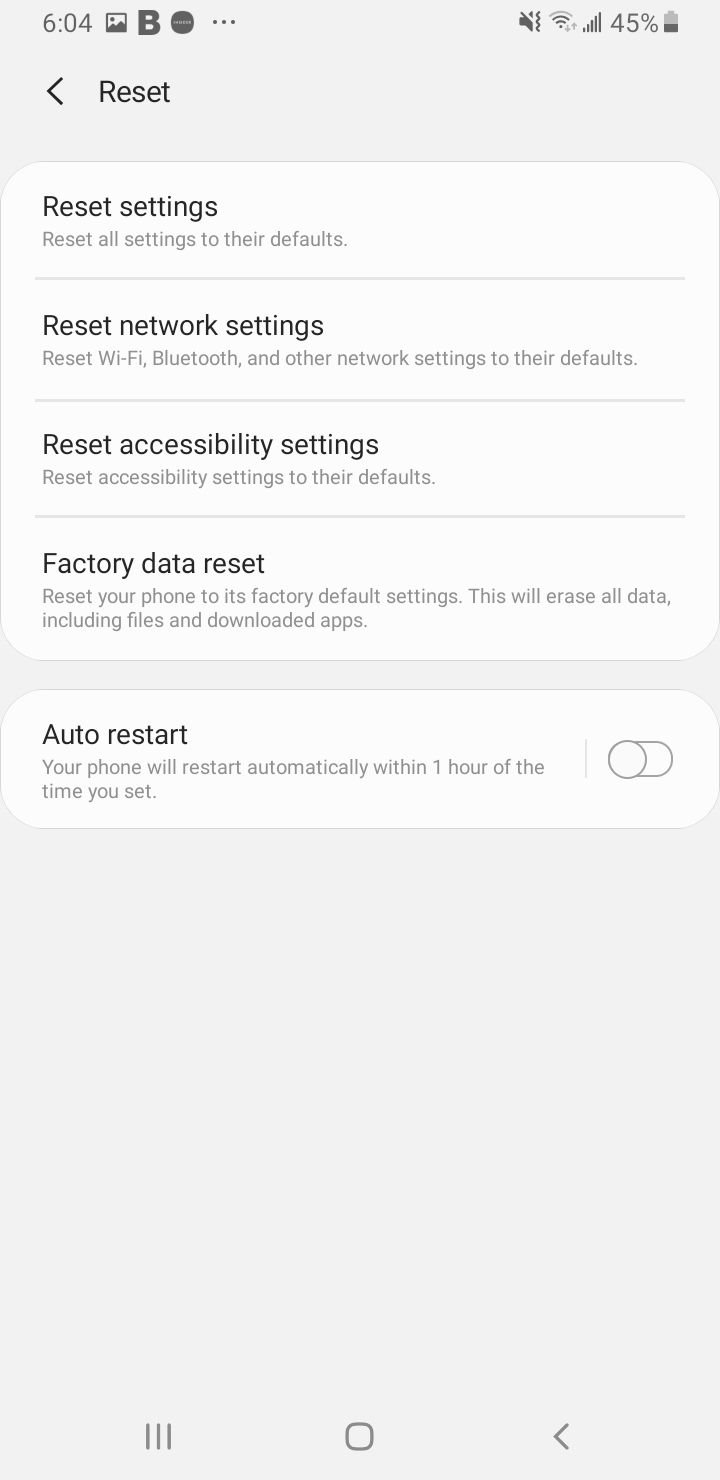
Determining Hardware vs Software Issues
To check if your GPS problem is hardware-related:
- 1.Download a GPS testing app like GPS Essentials
- 2.Open the app and check the Satellites screen
- 3.If your phone can't connect to any satellites, it might be a hardware issue
- 4.If satellites connect but GPS still doesn't work properly, it's likely software-related
Improving GPS Accuracy
If your GPS works but isn't accurate:
- Ensure you're outdoors with clear sky view
- Calibrate your compass using figure-8 motions
- Keep your device still while it acquires location
- Avoid areas with tall buildings that can block signals
When to Seek Professional Help
If none of these solutions work and your GPS consistently fails to connect to satellites, you may have a hardware problem. Contact your device manufacturer or visit a repair technician for further diagnosis.
Most GPS issues can be resolved with these troubleshooting steps, getting you back to accurate navigation and location services quickly.
